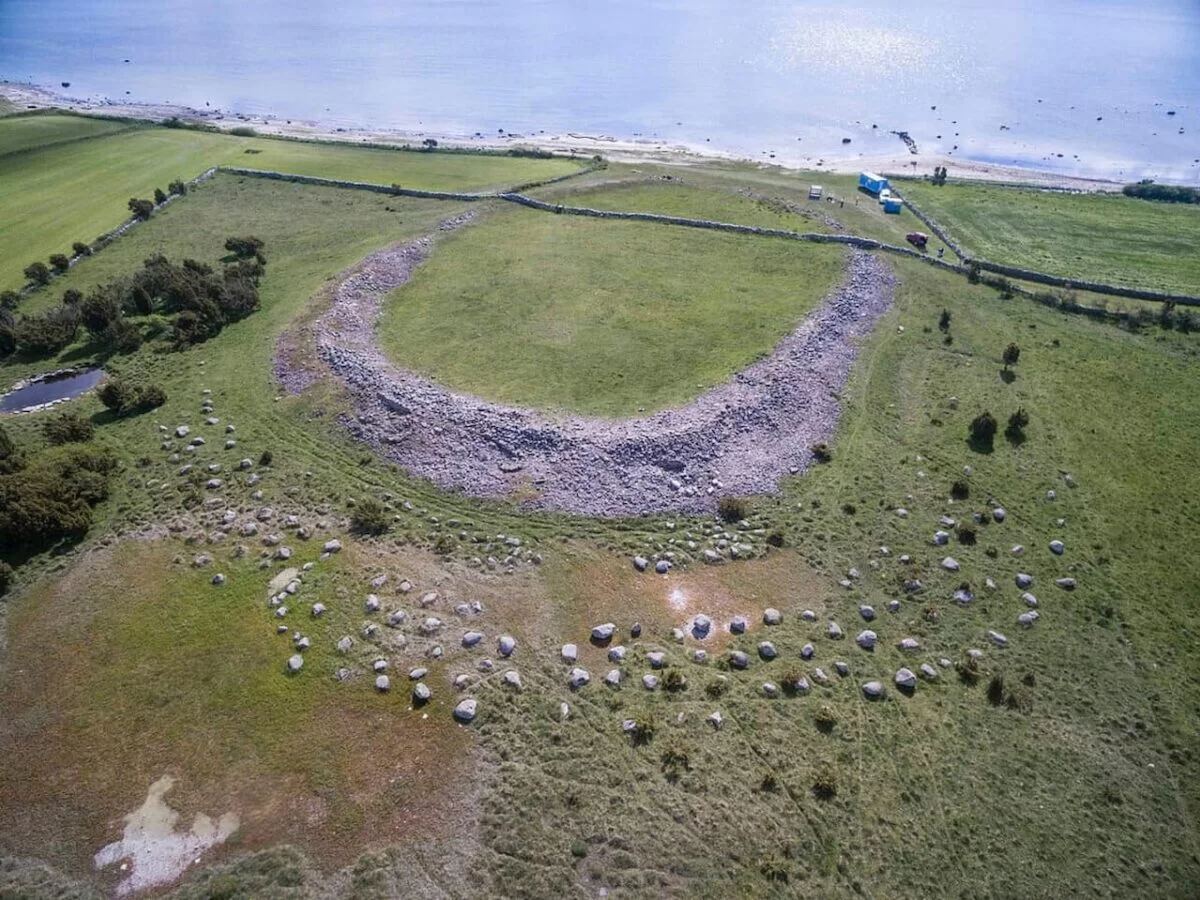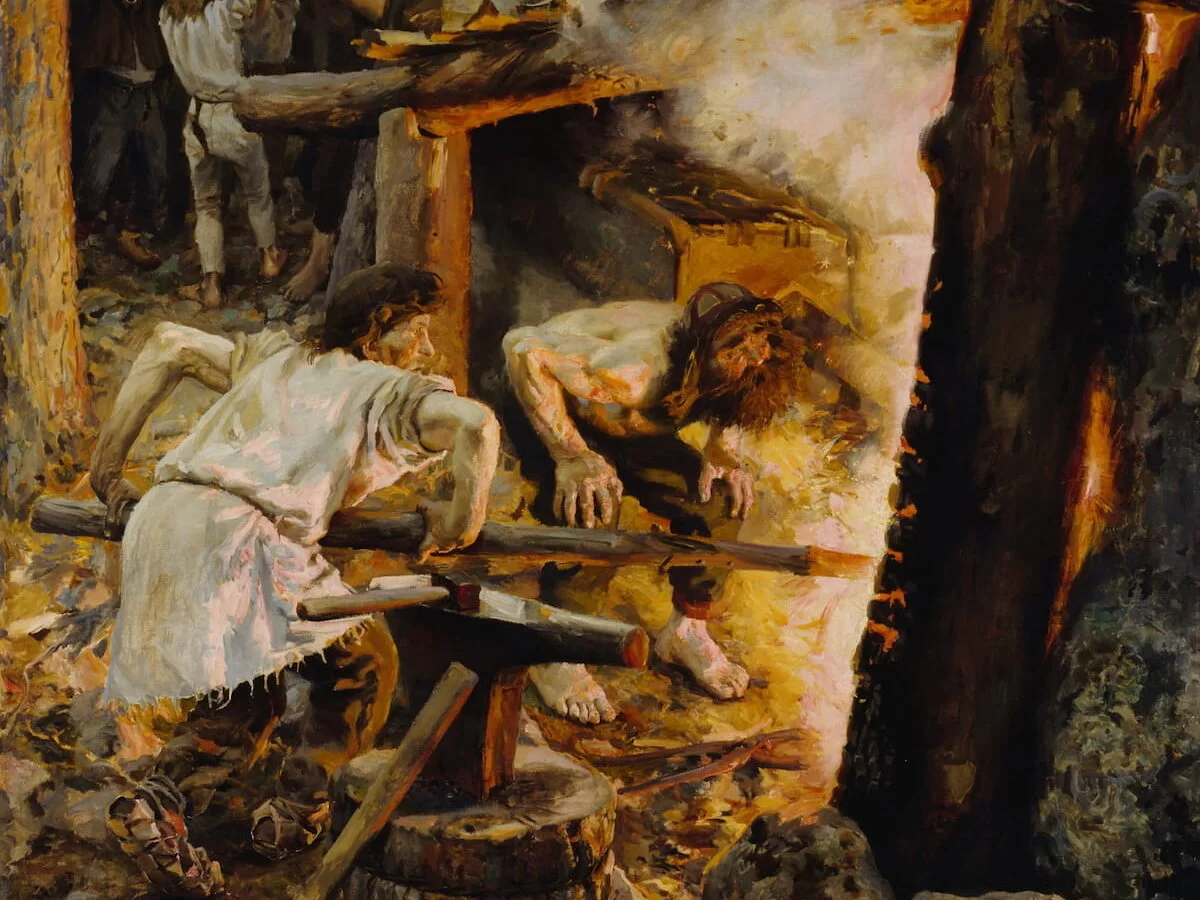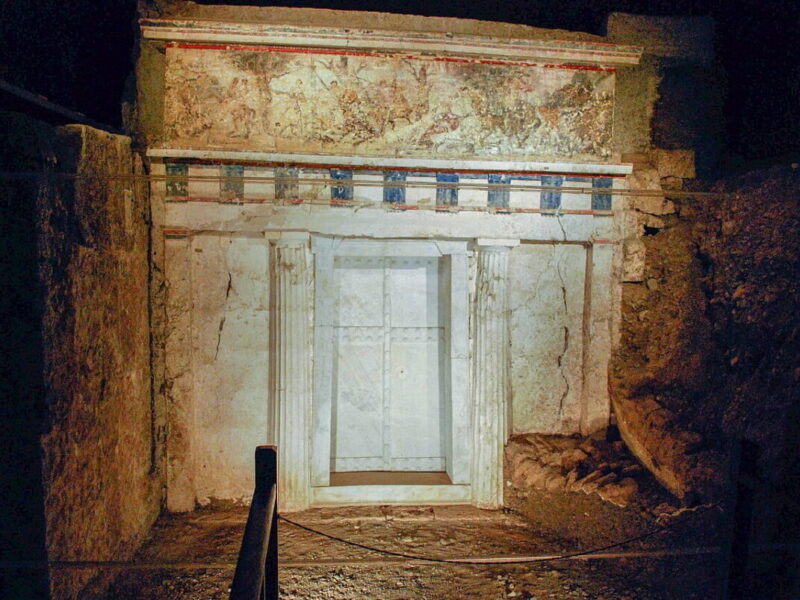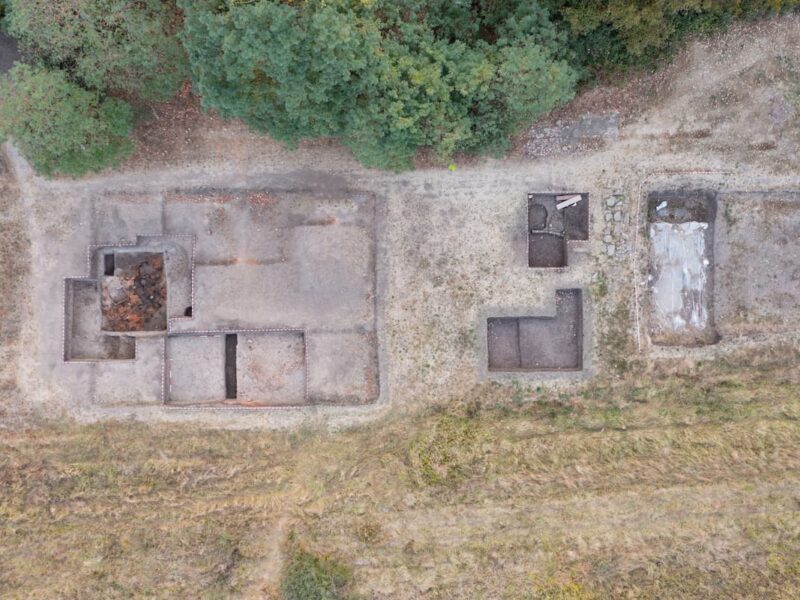Animals have accompanied humans in warfare practically since the domestication of dogs, serving as combat vehicles of the era, alongside chariots, horses, camels, and elephants. The latter can be considered the tanks of bygone times and are often depicted in illustrations and films, though almost always inaccurately: illustrations typically show them as enormous, the typical savannah elephants with large tusks and ears, while films use the smaller Indian elephant due to its greater docility.
The fact is that the famous pachyderms that Hannibal Barca took with him in the crossing of the Alps were neither of these types but a third species now extinct: the North African elephant or Loxodonta africana pharaonensis.
Elephants are the largest terrestrial animals today. They belong to the order Proboscidea, which once included three and a half hundred varieties, as they have existed since prehistory, but gradually evolved and/or disappeared, unable to adapt to changing habitats. Thus, in antiquity, only two genera remained, Loxodonta and Elephas, the former in Africa and the latter in Asia, divided into various species and subspecies. We will set aside the Asians, of which only Elephas maximus survives with three subspecies (maximus maximus, maximus indicus, and maximus sumatranus), to focus on those from the African continent.

The genus Loxodonta is divided into five species: adaurora, atlantica, exoptata, cyclotis, and africana, of which the first three are extinct and known only from fossils. The cyclotis is commonly called the African forest elephant for obvious reasons, and DNA analysis has freed it from being a subspecies of Loxodonta africana, as was long believed. But we will also set it aside, so we are left with the latter taxonomy, commonly known as the African savannah elephant, which is the focus of this article. More specifically, the subspecies Loxodonta africana pharaonensis.
Although Loxodonta africana can measure 3.5 to 4 meters in height and weigh between 6 and 10 tons (females slightly less), the subspecies pharaonensis was somewhat smaller, more similar in size and weight to cyclotis, as deduced from millennia-old representations in painting, sculpture, mosaics, and coins. With an average height of approximately 2.5 meters, they did share other common physical characteristics: large ears, a less voluminous head than the Indian elephant, large tusks, and a concave back. On the other hand, their temperament was not as wild, which must have facilitated their domestication, just as it happened in Asia with Elephas maximus.
The name pharaonensis derives, as easily deduced, from the word Pharaoh, despite the Egyptians never using these animals in daily life or warfare, except during the Ptolemaic period.
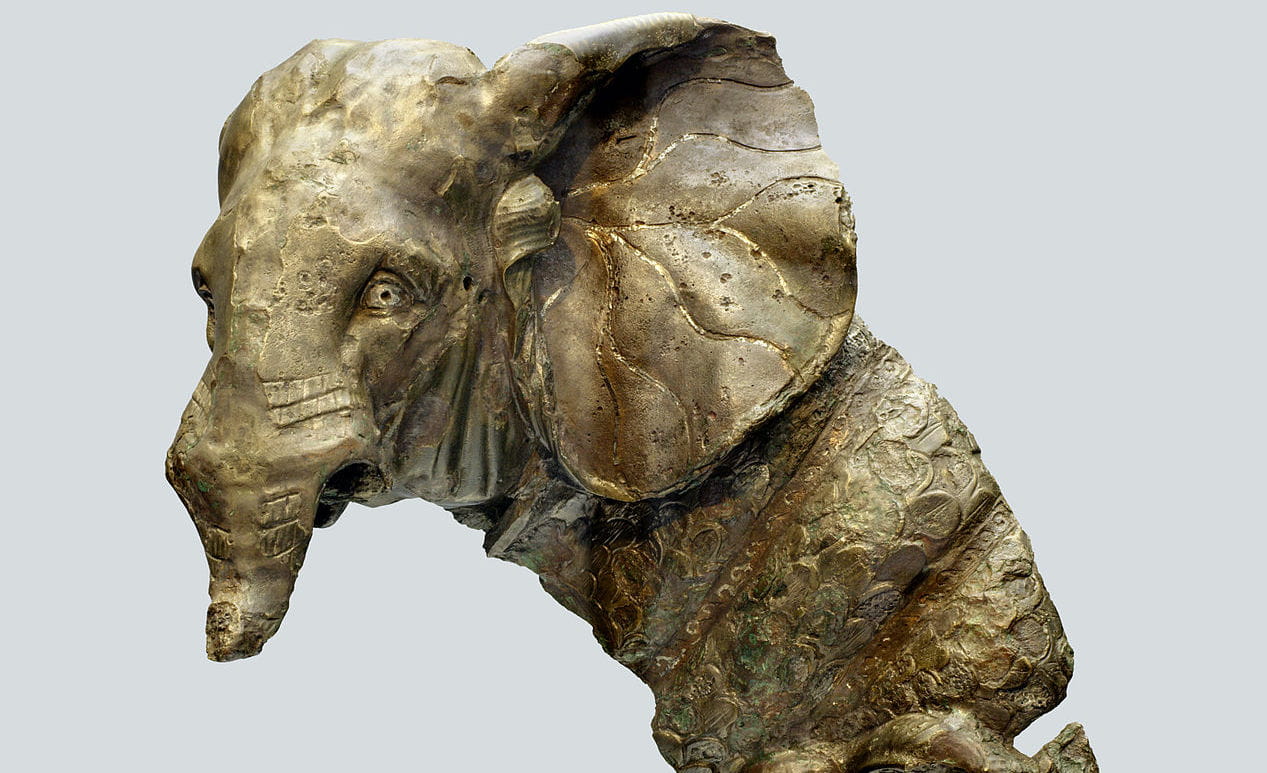
But this type of pachyderm extended across all of Mediterranean Africa, from the Maghreb (where it was possibly native and also called the Atlas elephant, just as in Libya it was called the troglodyte elephant) to Egypt, although its distribution reached further south to Sudan and the Ethiopian coast, hence we also know of its use by the Kushites (Nubians).
However, further north, there is only evidence of its use by Carthaginians and Numidians, as other ancient peoples who used elephants (Persians, Macedonians, and even Greeks) relied on Indian elephants. The reason for this was that the species was not limited to India but extended from China and Southeast Asia to almost the Syrian-Palestinian region through what are now Iran and Iraq.
It is unknown how the domestication process was, as the subspecies became extinct during Roman times, and the craft did not survive, nor is it documented. What has reached us, not only through art but also through the historical accounts of Livy, Polybius, and Appian about the Punic Wars, is that Carthage had incorporated elephants into its army. Sometimes they were effective, as in the Battle of Tunis (255 BC), and other times not so much, as in Adys (where the rough terrain was not favorable). Hannibal had already used forty in 220 BC to crush a rebellion in Hispania by the Carpetani, Vaccaei, and Olcades.
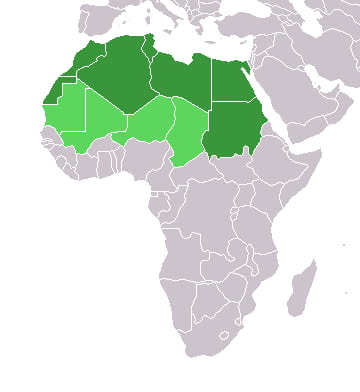
In his famous expedition to Italy, he took thirty-eight but, after crossing the Alps and playing an important role in the Battle of Trebia (where they stopped the Roman cavalry), all but three died due to the cold, the moisture of the Etruscan marshes, and digestive issues from an inadequate diet. The last survivor was Surus, the personal animal Hannibal rode while recovering from the loss of his right eye, and which, interestingly, is believed to have been a Syrian elephant (Elephas maximus asurus), as its name suggests and it was described as larger than the others.
The number of these animals wasn’t very large. They were more than the fifteen that the Persian Darius III presented against Alexander at Gaugamela, but fewer compared to the seventy-three that Ptolemy IV opposed in 217 BC to the Seleucids of Antiochus III the Great at the Battle of Raphia (in which sixteen died) or the hundreds that fought in the Wars of the Diadochi, where African and Asian elephants clashed (with the latter having an advantage due to their size, according to Pliny the Elder, echoing Onesicritus, a philosopher who accompanied Alexander on his expedition). Not to mention in Asia, where the two thousand elephants of Mughal emperor Muhammad Shah were decimated by Persian artillery in the Battle of Karnal, for example, or the six thousand elephants of the kingdom of Magadha, and Chandragupta Maurya’s nine thousand elephants used to try to stop the Macedonian invaders.
The Romans had already faced about twenty such formidable enemies in 280 BC when they fought Pyrrhus at the Battle of Heraclea; they were Asian elephants that caused the legions of Publius Valerius Laevinus to scatter, as they had never seen such creatures before. However, they learned their lesson and, according to Claudius Aelianus, in Malventum they managed to defeat them using a method that Pliny the Elder mentioned was also used earlier during the siege of Megara: by launching flaming pigs at them. When Scipio defeated Hannibal at Zama in 202 BC, he did so in a much simpler and cleaner manner: by ordering his legion’s maniples to move aside to let the charging elephants pass through. Sixty-two years later, Julius Caesar was more drastic at Thapsus against the Pompeian elephants, ordering their legs and trunks to be hacked off.
Thapsus was the last time these animals fought in the West (though there are references to Claudius using one in the conquest of Britain for its psychological effect) and the explanation is clear: despite their formidable appearance, elephants were unreliable and often, when wounded, would panic and cause chaos among their own ranks. This was largely due to their poor equipment, which was far from the armored protection often depicted in iconography; unlike in Asia, they were not equipped with armor or any protection, leaving them very vulnerable to the javelins of Roman velites, as seen in Asculum where burning carts were also used. Additionally, the mobility of the legions contrasted with the heavy phalanx formations, making the elephants less effective in breaking through them.

And while this has been debated, it seems unlikely that their small size allowed them to carry a howdah on their backs, the tower or basket with two or three warriors (one of them with a long sarissa to keep enemies at bay) characteristic of Asian elephants. At least not typically, as the work De Bello Africo (disputably attributed to Julius Caesar) mentions that those of Juba I of Numidia did carry them, and this seems to be confirmed by numismatics. Polybius also speaks of elephants with turrets at Raphia. Perhaps it depended on the circumstances or context.
Or perhaps there were one or two soldiers riding astride, apart from the mahout in charge of guiding the animal, usually a Numidian. If he followed the same technique as Indian mahouts, he would use the equivalent of an aṅkuśa, an iron bar with a hook at the end to prod the elephant’s skin to direct or stop it. And in case the elephant went berserk, posing a risk to its own troops, the mahout would carry a hammer to drive a chisel into the animal’s spine, killing it instantly; an alternative was to do this to its forehead, over a specially painted circle.
Many may wonder how Loxodonta africana pharaonensis became extinct. We previously mentioned the possibility that its origin was the Atlas elephant, which inhabited the Maghreb desert’s edge, from where it spread to the rest of northern Africa before disappearing even before the Carthaginians reached their peak. But in absolute terms, the answer to its extinction lies in the end of the Second Punic War when the Roman Republic prevailed and over the following decades gathered all the elephants it found to use in their own campaigns, from the Lusitanian and Celtiberian rebellions in Hispania to wars in Macedonia (battles of Cynoscephalae, Thermopylae, and Magnesia first, and Pydna later) to counter those of Masinissa and Antiochus III respectively.
However, after Thapsus, elephants were relegated as a war weapon and gradually gathered and transferred to Rome to be used in venationes (animal fights in the amphitheater). It is estimated that during Augustus’s reign alone, about three thousand five hundred elephants lost their lives in this way, which, combined with the pressure of civilization on their habitats, ultimately led to their extinction. Even so, it is possible that the species managed to survive in more isolated places, such as Eritrea or Sudan… until the 19th century.
This article was first published on our Spanish Edition on August 20, 2019: Los pequeños elefantes norteafricanos, ya extinguidos, con los que Aníbal cruzó los Alpes
Sources
Plinio el Viejo, Historia natural | Tito Livio, Historia de Roma desde su fundación | Polibio, Historias | De bello Africo (Comentarios de la Guerra de África) | Claudio Eliano, Historia de los animales | John M. Kistler, War elephants | Philip de Souza, La guerra en el mundo antiguo | John Noble Wilford, The mistery of Hannibal’s elephants | Wikipedia
Discover more from LBV Magazine English Edition
Subscribe to get the latest posts sent to your email.









